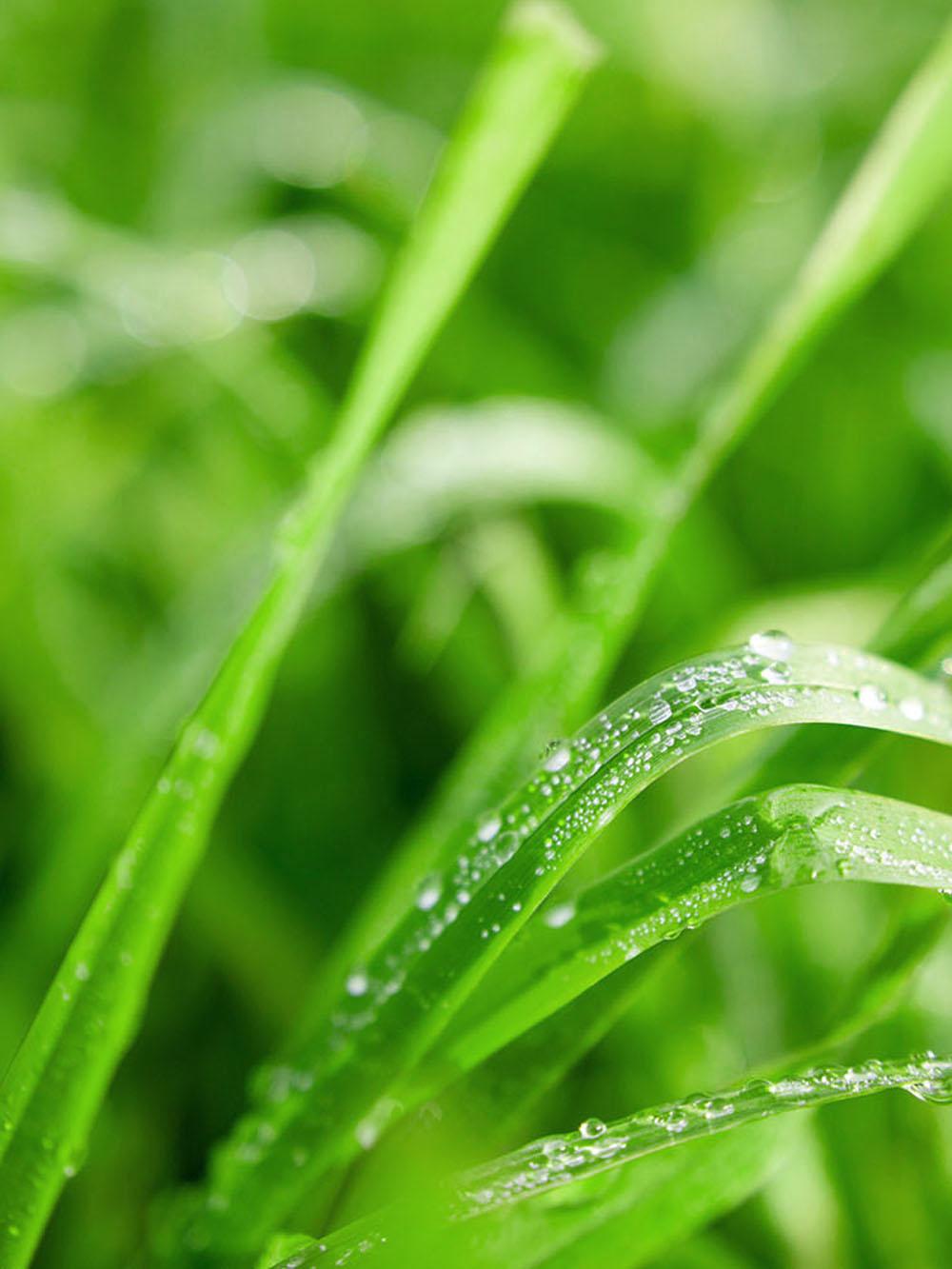Dactylis glomerata

Amba
Amba is a very winter hardy and thoroughly proven orchardgrass sold to many countries in the world where early abundant forage production is important. A key benefit of Amba is that the digestibility is higher than many other early maturing orchardgrass varieties. Amba is resistant to diseases such as Mastigosporium and rust. It has the ability to tolerate hard night frosts after spring growth has started. Amba provides very high first cut yields and performs well in mixtures with other grasses and legumes, making it a very desirable item for custom blends.
Key features
- Exceptional winter hardiness
- High digestibility
- Strong disease resistance
- High first cut yields
- Performs exceptionally well in blends
General Characteristics
Livestock
Alpaca/Llama ,
Cattle ,
Goats ,
Horses ,
Sheep
Usage
Hay ,
Silage ,
Pasture
Ploidy
Tetraploid
Segment
Forage
Species
Orchardgrass
Sci. Name
Dactylis glomerata
Seed Characteristics
Seed Weight
2.1g/1000 Seeds
Plant Characteristics
Head Length
Long
Lemma Awns
Awned
Lemma Keel Pubescence
Glabrous
Lemma Pubescence
Moderately Pubescent
Leaf Color
Medium Green
Leaf Length
Long
Leaf Width
Medium
Leaf Pubescence
Glabrous
Emergence (Days)
18
Growth Habit
Semi-Erect to Intermediate
Plant Height
Tall
Maturity
Early to Medium
Winter Hardiness
9
Seeding Information
Approx. Seeds/Lb.
416000
Approx. Seeds/Kg.
915000
Seeding Rate - Alone/New (Kg./Hectare)
17-28
Seeding Rate - Alone/New (Lbs./Acre)
15-25
Planting Times
Spring, Late Summer-Early Fall
Seeding Rate - Mixes (Kg./Hectare)
4-11
Seeding Rate - Mixes (Lbs./Acre)
3-10
Pest and Disease Resistance
Purple Eye Spot
Resistant
